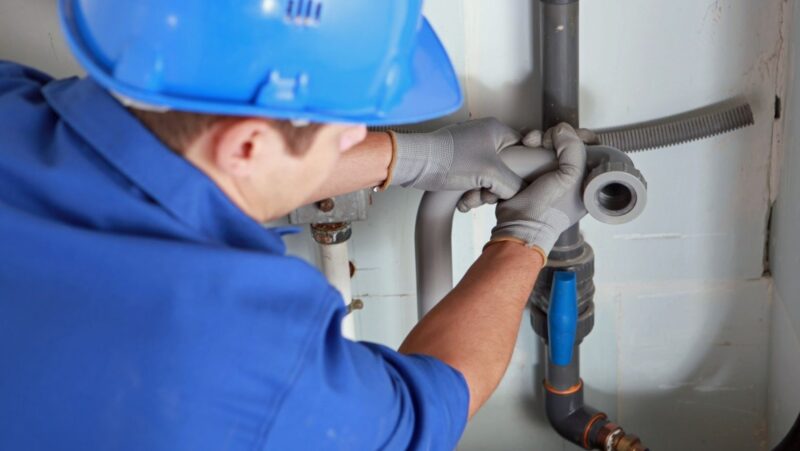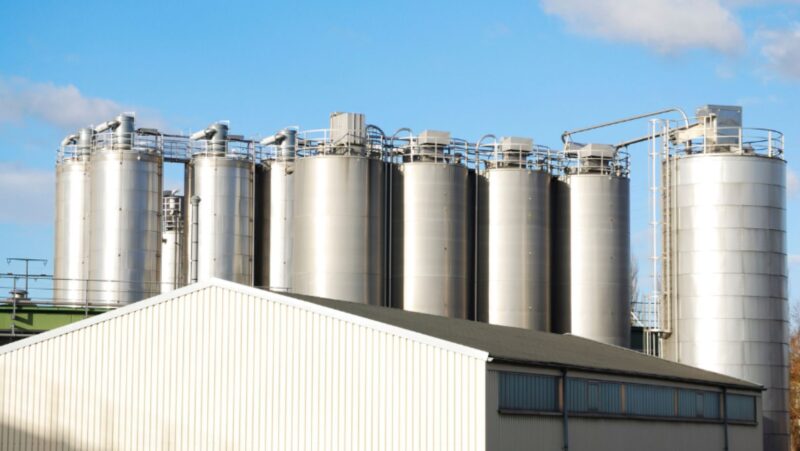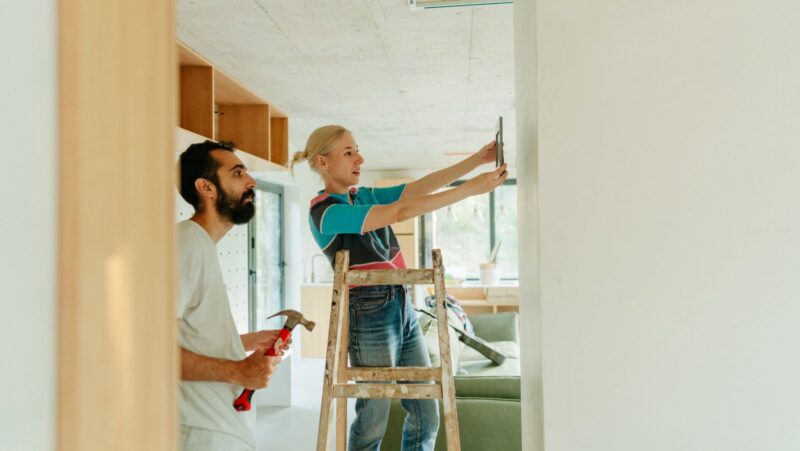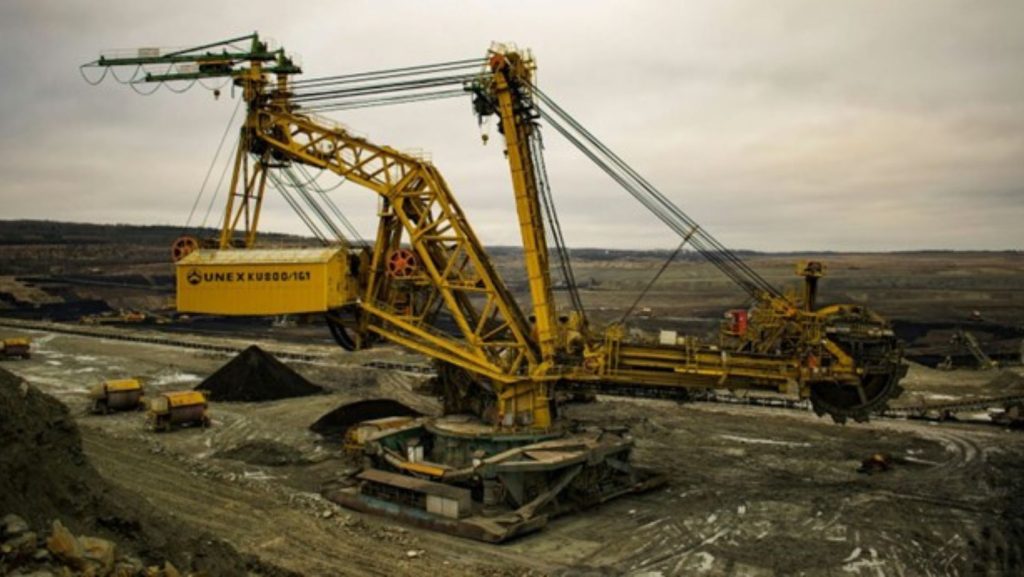
Water-related issues on a construction site can be a significant source of frustration and delays. From rainwater runoff to groundwater infiltration, managing water effectively is crucial for the success of any construction project. This comprehensive guide will explore common water-related problems on construction sites and present six effective solutions to mitigate these challenges and keep your project on track.
Employ Temporary Dewatering Systems
In situations where groundwater poses a significant challenge, temporary dewatering systems can be a practical solution. Wellpoint, deep wells, and sump pumps are standard temporary methods to lower the water table. These systems are beneficial during excavation or foundation work, allowing construction activities to proceed in drier conditions. However, designing and implementing dewatering systems carefully is crucial to avoid adverse effects on neighboring properties and the environment. According to seasoned providers of water damage services, regular monitoring is essential to ensure the water table remains manageable throughout construction. Maintaining a careful balance in dewatering practices, with ongoing monitoring and adjustments as needed, not only safeguards the construction site but also underscores the commitment to environmental responsibility and the prevention of potential water-related issues beyond the construction boundaries.
Implement Proper Site Grading and Drainage
The foundation of effective water management on a construction site lies in proper grading and drainage. Ensure the site is graded to direct water away from the construction area. This involves creating a slope that guides surface water away from the building footprint. Additionally, install appropriate drainage systems, such as French drains or sump pumps, to redirect groundwater and prevent it from pooling around the foundation.
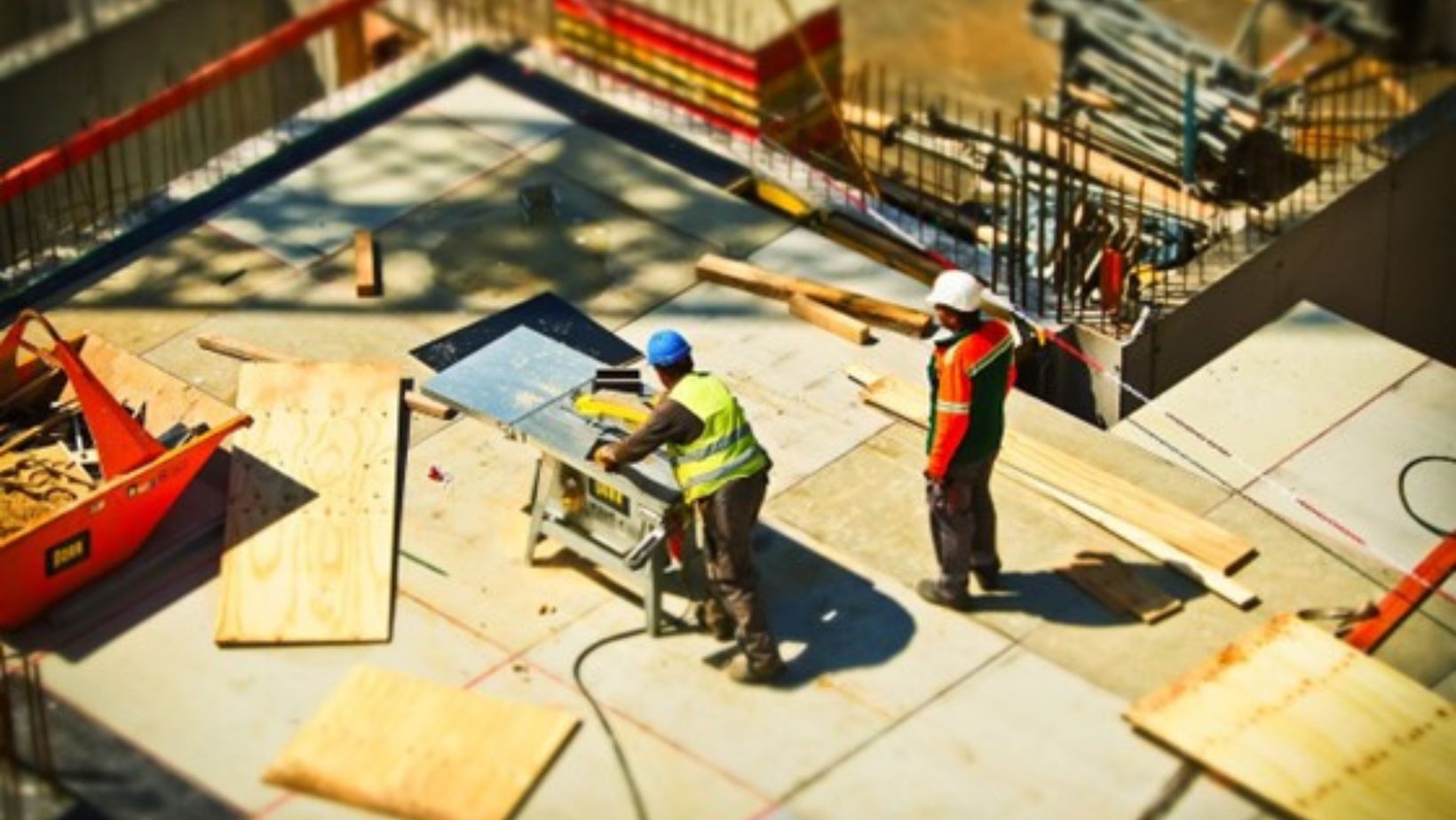
Proper grading and drainage solutions provide a proactive approach to managing water on the construction site, minimizing the risk of water-related issues. Consider consulting with a civil engineer or drainage expert during the planning phase to ensure the grading and drainage systems are optimally designed for your specific construction site, considering local topography and potential water flow patterns.
Install Silt Fencing and Erosion Control Measures
Construction sites are susceptible to soil erosion, especially during excavation and earth-moving activities. Installing silt fencing and erosion control measures can effectively manage sediment runoff and prevent soil erosion. Silt fences act as barriers, trapping sediment while allowing water to flow through. Combining silt fences with other erosion control measures such as straw or gravel wattles and hydroseeding can help stabilize the soil, reduce erosion, and control sediment runoff. By addressing these issues, you can maintain compliance with environmental regulations and ensure a cleaner, more efficient construction site.
Utilize Permeable Pavements
Traditional concrete and asphalt surfaces contribute to water runoff and can exacerbate drainage issues on construction sites. Permeable pavements offer a sustainable alternative by allowing water to pass through the surface, reducing runoff and the risk of flooding. Materials like pervious concrete, permeable pavers, and porous asphalt are designed to promote water infiltration, helping to recharge groundwater and prevent surface water accumulation. Consider incorporating permeable pavements in areas prone to water-related problems to enhance drainage and minimize runoff.
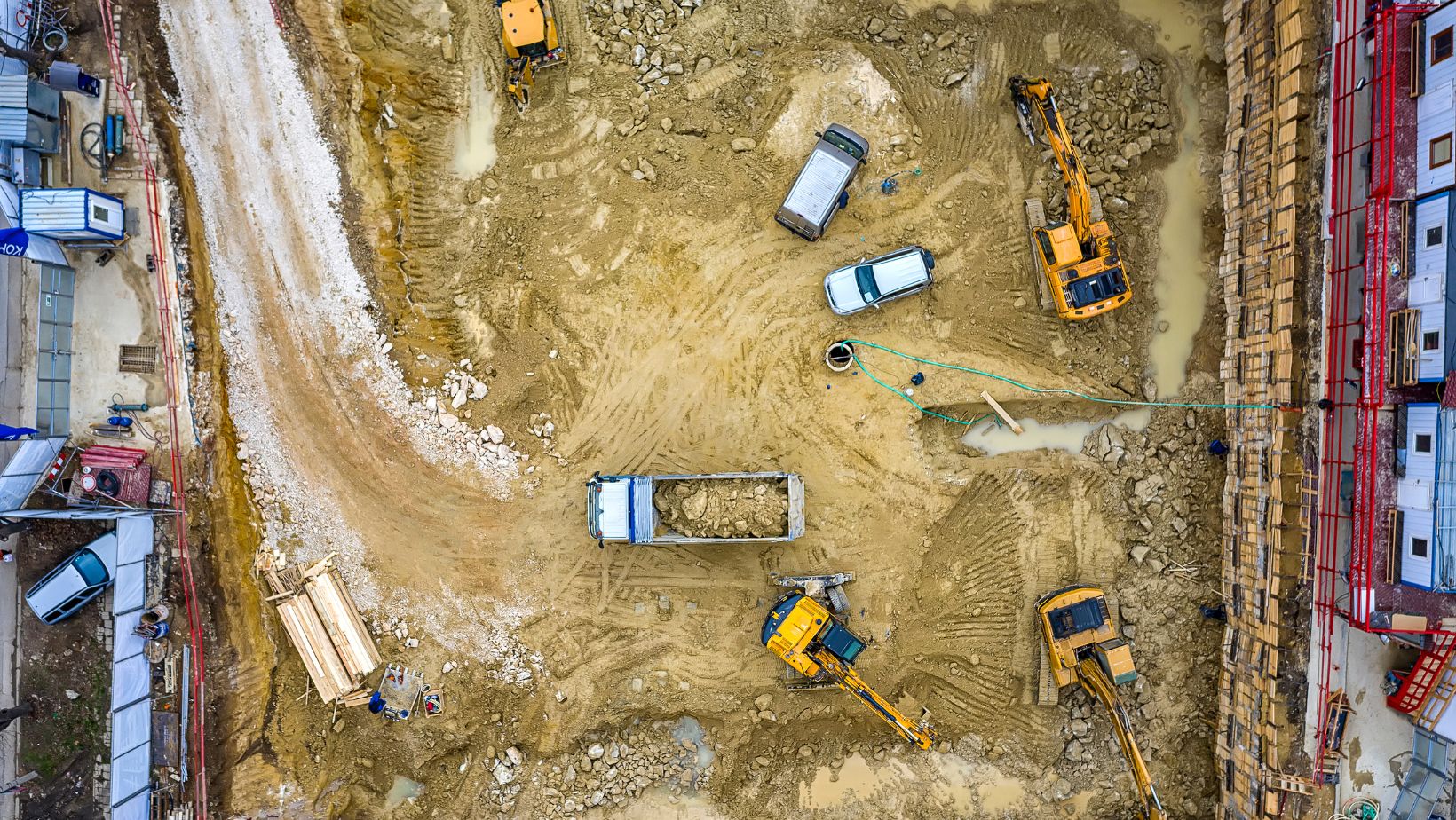
Additionally, adopting permeable pavements not only aids in effective water management but also aligns with sustainable construction practices, contributing to eco-friendly initiatives and minimizing the environmental impact of construction activities.
Use Water Barriers and Diversion Channels
Strategically placed water barriers and diversion channels can redirect water away from critical areas of the construction site. Temporary barriers, such as sandbags or inflatable dams, can be deployed to create a barrier against incoming water. Diversion channels, on the other hand, guide water along a designated path, preventing it from pooling around the construction site. By controlling the flow of water, these measures help protect excavation sites, foundations, and other vulnerable areas from potential water-related damage. Regular monitoring and adjustment of water barriers and diversion channels as weather conditions change are crucial for maintaining their effectiveness and ensuring ongoing protection against potential water-related issues on the construction site.
Employ Water-Resistant Construction Materials
Choosing water-resistant construction materials can be a proactive way to address potential water-related problems. Consider materials less susceptible to water damage, such as pressure-treated wood, moisture-resistant drywall, and water-resistant sealants. For below-grade structures, waterproofing membranes and coatings can provide additional protection against water intrusion. By incorporating water-resistant materials into your construction project, you create a more resilient structure less prone to the adverse effects of water exposure.
Addressing water-related problems on a construction site requires a comprehensive and proactive approach. You can significantly reduce the risk of water-related issues by implementing proper grading, drainage solutions, erosion control measures, and permeable pavements. Temporary dewatering systems, water barriers, and water-resistant construction materials offer additional layers of protection, ensuring the success of your construction project in the face of water challenges. By prioritizing water management from the project’s inception and staying vigilant throughout the construction process, you can minimize delays, prevent damage, and create a solid foundation for the long-term durability of your construction project.







